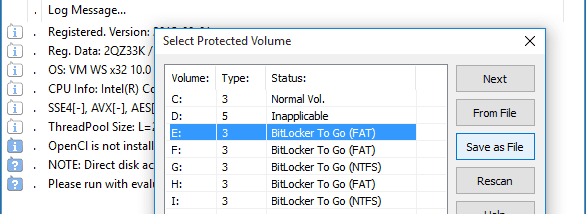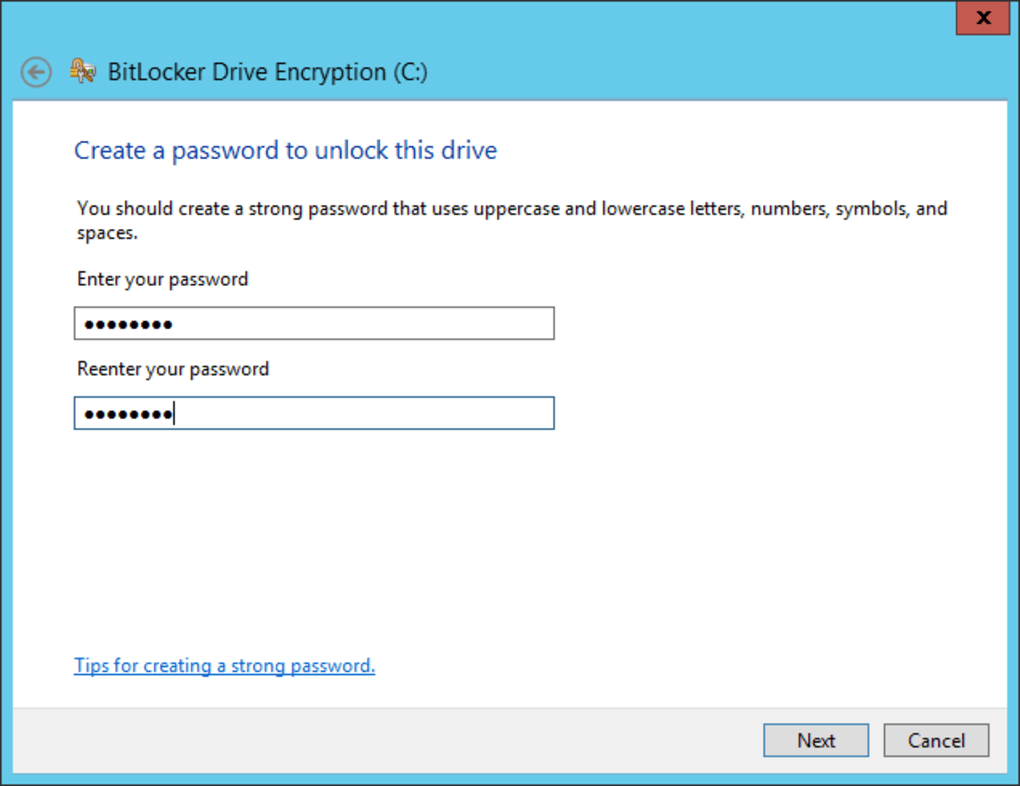
Let’s insert the storage device(drive A) into one of the USB ports. Let’s assume we have a USB labeled ‘drive A’. To secure our drives using BitLocker, we follow the process below. It is our responsibility to make it a priority to secure our drives by encrypting them. This makes it difficult for unauthorized access to this data by the wrong hands. It encrypts and protects the content of the data it is holding. Once there, use the BitLocker control panel to resume BitLocker protection.Bitlocker drive encryption is a data protection feature integrated within the Windows OS. The computer should now successfully boot Windows.

Once the drive is unlocked, you must use the following command to suspend protection:.manage-bde -unlock c: -rp your 48-digit recovery password.If the status is returned as locked, you must use the following command to unlock it using your recovery password:.Once you have a command prompt, use the following command to check the BitLocker status of the C: Drive:.You should be presented with a menu that will let you get to a command prompt (The sequence is Advanced options -> Troubleshoot -> Advanced options -> Command prompt). On the page where you are asked to enter the recovery key, choose the Skip this drive link at the bottom.To terminate this BitLocker recovery loop, BitLocker must be suspended from within WinRE.

When the key is entered (even when registered in Active Directory), BitLocker reports the key was accepted and the unlock was successful, but then prompts you to reenter the key again. BitLocker may fail to unlock when the key is entered.


 0 kommentar(er)
0 kommentar(er)
